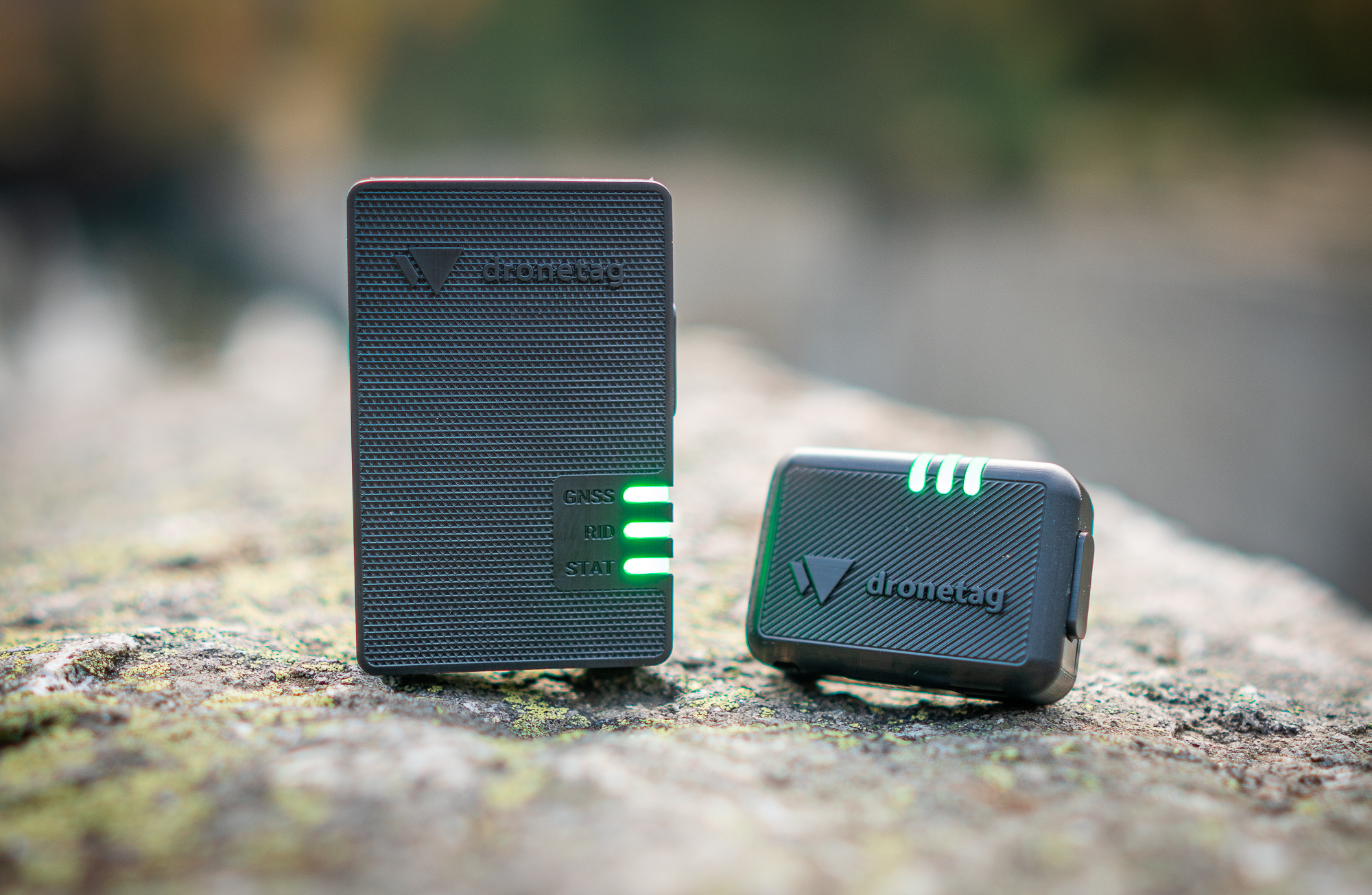–News Direct–
Most pilots will need drones equipped with the built-in RID feature or use RID transmitters attached to the drone body. There is not much time left to comply. In its latest official statement, EASA affirmed that RID will become mandatory for all pilots in the EU. All drones flying in the Specific category (advanced operation including BVLOS, over 25 kg drones, dropping material or flying higher than 120 meters, for example) and all drones with class marks operating in the Open category (mostly leisure drone activities and low-risk commercial activities) will be required to operate with an active and up-to-date RID system. There are two ways to satisfy this condition: flying a C-class drone with RID built-in (C1, C2, C3, C5, C6) or retrofitting older drone models with a RID module attached to the drone body.

RID technologies allow authorities and any member of the public to identify drones remotely using a smartphone app or dedicated receiver. Identification data transmitted may include the drones serial number, operator registration number, remote pilot position or, if not available, take-off point, and drones location. The main goal of RID adoption is to enhance the safety of unmanned aircraft systems operations.
Dronetag is Ready for the New Regulation
For pilots who must purchase the required RID module for their drone to stay compliant in 2024, the Dronetag company has the solution ready. Our Dronetag Beacon is one of the first devices listed on the EASA website as fully compliant with the new regulation, describes Lukas Brchl, CEO of Dronetag, what his company offers.
According to his words, pilots should not ignore the upcoming change: To avoid problems that framed the start of RID in the USA earlier this year, drone operators should get their RID module in advance if they want to use their drones in 2024 safely. The production capacities of all suppliers are limited, so my only advice is to act now. Dronetag team put immense effort into scaling production to the maximum, but we already accept orders with deliveries at the end of January 2024.
Dronetag also offers an OEM solution tailored for drone manufacturers, seamlessly integrating Remote ID functionality into newly manufactured drones. The compact and cost-effective DRI module ensures immediate compliance, functioning effortlessly right out of the box. Furthermore, Dronetag extends its support to Drone manufacturers, facilitating the certification process with the EASA and guaranteeing compliance with the latest Remote ID regulations for drone sales within the EU.
Devices manufactured by Dronetag offer compliance with new regulations and add advanced benefits for pilots in the form of hi-tech features such as flight logging, live flight data measuring and unmanned traffic management tools, to name a few. The Czech company offers a free, unique multiplatform application as a part of their end-to-end solution. According to customers in the US, Dronetag devices deliver one of the longest battery life on the market, packed in lightweight and miniature yet variable devices.
Direct or Network RID?
Based on Brchls recommendation, the Direct RID modules will be the most suitable devices for most pilots. In the Dronetag portfolio, such a device is called the Dronetag Beacon, which transmits identification data via Bluetooth to the drone's nearby surroundings. Professional pilots might appreciate advanced features offered by Network RID devices like Dronetag Mini, which will be compatible with U-Space operations planned in the near future.
American Leader Expanding to Taiwan & Asia-Pacific Region
Dronetag is currently active in more than 30 countries on four continents and is already coordinating flights across the globe. After similar FAA regulations for the USA went live in September 2023 (Enforcement got extended for Six Months, literally hours before the rule efficiency, causing challenges for the whole drone market), Dronetag has become the leading supplier of RID devices for commercial drone operators in the USA.
Dronetag covers 70 % of RID device supplies to the American market. In November 2023, we closed a deal with the Drone Nerds, one of the leading drone distributors in the US, which strengthened our position. And we believe that even European drone pilots will find our devices handy and well-crafted, shares Brchl. The list of recent successes goes on; Dronetag has also been selected by NATO – Defence Innovation Accelerator for the North Atlantic (DIANA) to its program, where the most exciting innovators developing groundbreaking technologies create more than just innovation; the goal is to bring real positive social impact.
Dronetag is a manufacturer of Remote Identification devices and platforms for drone pilots and manufacturers. Its add-on transmitters enrich existing drones with a Remote ID capability, while modules are used by manufacturers who built them directly into their drones' internal circuits. Dronetag devices transmit identification and location data to other airspace participants via the Dronetag App, which offers advanced fleet management tools to professional pilots. The companys vision of safer airspace relies on innovative unmanned traffic management and digitally visible drones.
Contact Details
Dronetag
Jan Jirouek
Company Website
View source version on newsdirect.com: https://newsdirect.com/news/no-remote-identification-no-flying-remote-id-becomes-mandatory-for-drone-pilots-in-the-eu-and-will-reshape-the-commercial-use-of-drones-860935477
Dronetag
COMTEX_444579295/2655/2023-12-07T03:13:57
Disclaimer: The views, suggestions, and opinions expressed here are the sole responsibility of the experts. No Smart Herald journalist was involved in the writing and production of this article.